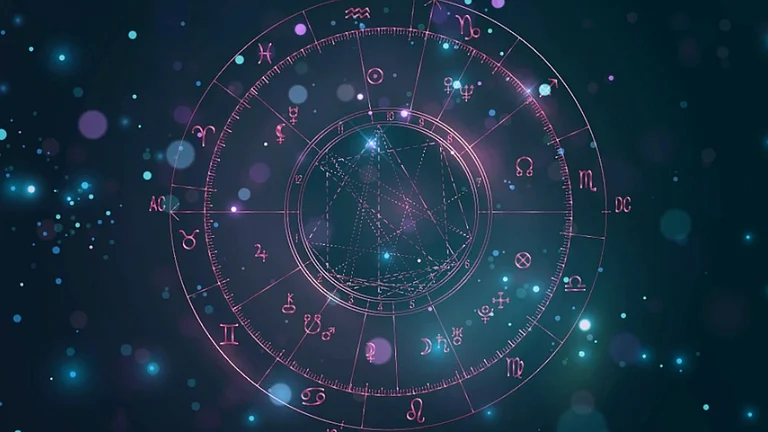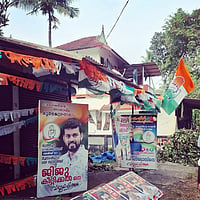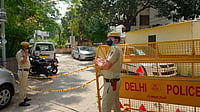Who was Rabindranath Tagore, really? Thrust afresh upon India in the 150th year of his birth through seminars, festivals and a string of books, the most elusive of Indian writers has become some sort of a mystic figure, floating in a cloud of cliches: that his ideas were remarkably prescient; that his poetry and songs cannot be appreciated outside the Bengali language; and that he composed the national anthems of India and Bangladesh.
Indeed, as Amit Chaudhuri wickedly notes in his collection of five essays, the response to Tagore has often been similar to that of reading Paulo Coelho for the first time (gasp! my life has changed!). Labelled variously as philosopher, seer and futurist, Tagore stands as a vending machine of ideas rather than the creator of an incredible oeuvre—including poetry, novels, short stories, plays, music, essays, travelogues, textbooks, even questions for school examinations.
Fortunately, Chaudhuri’s collection is one of two recent books which can be used to enter the difficult terrain of Tagoreana, the other being historian Sabyasachi Bhattacharya’s interpretative biography of Tagore. They offer two distinct filters through which to interpret Tagore’s work. One depicts the contours of his relationship with history, art, tradition, modernity and the universe, while the other explores the internal impulses that kindled his creativity.
Chaudhuri is armed with both knowledge and understanding of literature and its contexts, and refreshingly free of academic jargon. Importantly, he does not seek easy refuge in the concepts of nationalism, freedom or social equity that many identify Tagore with; instead, he goes straight to the poetry, which lies at the heart of Tagore’s art. Chaudhuri explains, for instance, how Tagore viewed ancient India (represented by Kalidasa) as a country that is forever out of reach except through occasional perceptions. In the process, he argues, Tagore repudiates the notion that Indian culture has been built on an uninterrupted tradition. The way Chaudhuri sees it, Tagore’s writings dwell on the elusive nature of the truth of the universe, of which the poet gets but momentary—and necessarily incomplete—glimpses.
Chaudhuri neatly links this to the obsession of ‘modern’ literature with the ‘moment’. He brings in Tagore’s self-professed dissatisfaction with predictable causality—citing his famous dialogue with Albert Einstein—in favour of coincidence and probability. Chaudhuri’s view is an interpretation—helpful, but not the only possible lens through which to view Tagore. The real problem is that Tagore wrote so copiously and in such different circumstances and voices that it is not really possible to weave strands of consistency about him.
While Chaudhuri places Tagore in a larger context of global literature, for Bhattacharya the focus needs to be on Tagore’s ideas, as his literature is not available in extensive translation. This is not a satisfactory entry point into Tagore’s works as it perpetuates the same woolly image persistent through the past thirty years. But Bhattacharya homes in on a critical internal trait of Tagore’s: loneliness and depression. Citing at length from Tagore’s letters to C.F. Andrews—uncompromising in their acknowledgment of his state of mind—Bhattacharya builds a convincing case for intense isolation being the motive behind Tagore’s writings.
He writes perceptively of Tagore’s alienation—being read by a class of urban gentry whom he did not identify with; writing about people who would never read his work; refusing to pursue success and being at the receiving end of vicious contemporary criticism. Bhattacharya also identifies Tagore’s own conviction that, unknown to him, he was driven by a unified idea that knits his diverse work.
The rest of Bhattacharya’s work is an attempt to compartmentalise Tagore’s creative life—a task especially difficult. But it is the singling out of loneliness—and the resultant dissatisfaction—as Tagore’s creative impulse that makes this biography valuable. As Chaudhuri points out, Tagore had explicitly rejected the path of withdrawal or disengagement, continuing to use his senses to the utmost to grapple with the world and seek his position in it. Armed with the insights on offer, a reader could now be tempted to actually read Tagore.
(Arunava Sinha translates Bengali fiction into English).


























